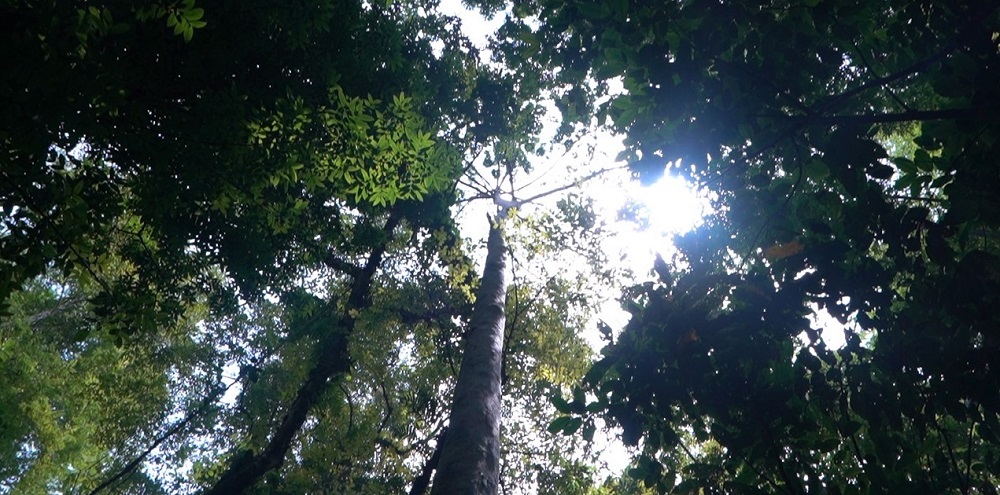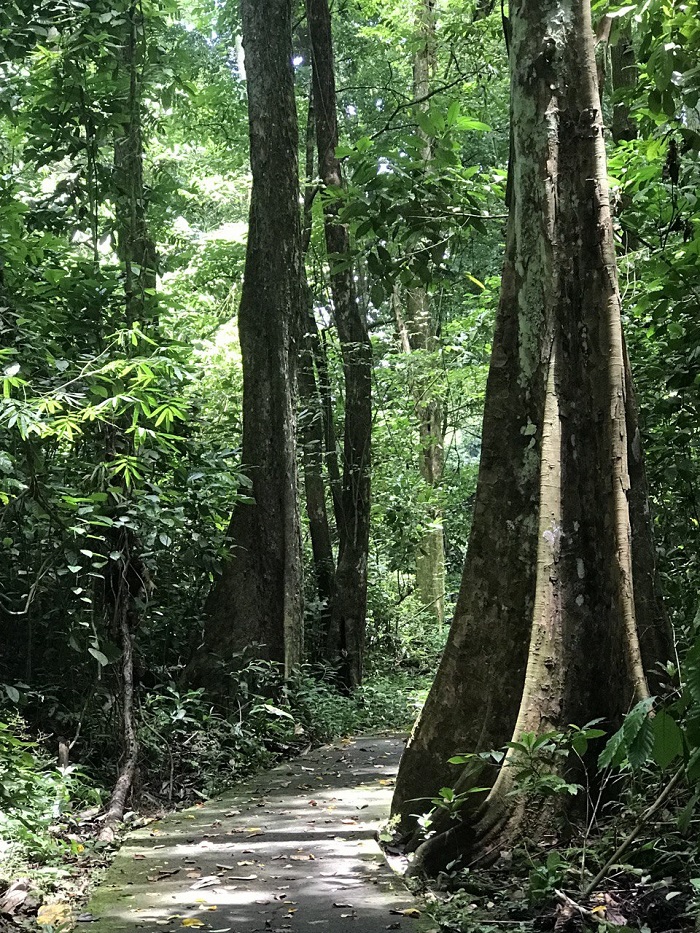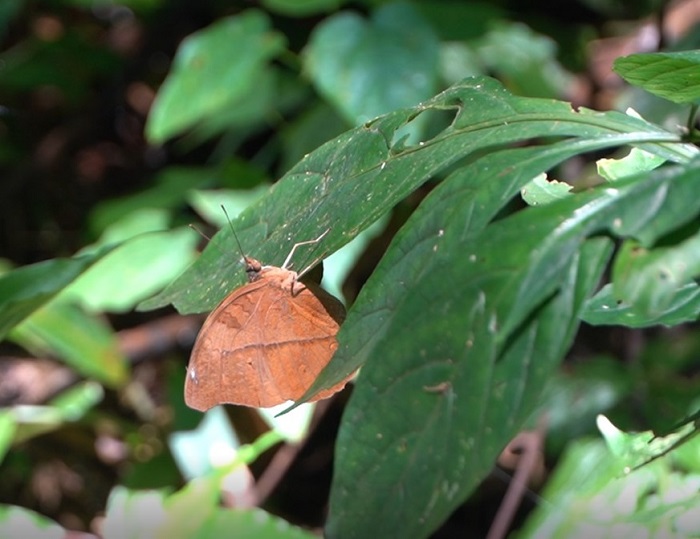“Take nothing but pictures, leave nothing but footprints, kill nothing but time.”
A reminder that the Department of Environment and Natural Resources (DENR) 6 wants nature lovers and explorers to keep in mind when they visit the Bulabog Putian National Park (BPNP), a trove of forest’s treasure in the province of Iloilo.

Located across the municipalities of Dingle and San Enrique towns in the province, the BPNP is touted as the only limestone mountain formation in the province as it is underlain with Dingle limestone, according to DENR 6.
Covering 854.33 hectares, BPNP spans the five villages of Moroboro, Lincud, Camambugan, Caguyuman and Tula-tulaan in Dingle town and crosses the four villages of Rumagayray, Compo, Palje and Lip-ac of San Enrique town.
From Iloilo City, it is 43 kilometers or an hour and a half drive away. However, the Monfort Bridge in Dingle was damaged by flood caused by typhoon Agaton in April 2022 and is still under construction. Visitors need to detour via Bangga Badiang in Anilao town making it a two-hour drive in the meantime.
The Bulabog Putian National Park is also called the “living forest university” in Iloilo due to its close proximity to big universities and schools in the city.
Here are the wonders of what one can expect at the Park.
Starting at the entrance, one of the surprises might be a leg hug from Bula, a one-year-old long-tailed Macaque monkey. Or there is a chance to see a pit viper on its favorite tree. The staff at the Park knows too well when it is on its usual spot near the entrance, one can ask for their assistance and they would be happy to guide.
A slow walk into the 1000 linear meter paved trail from the entrance of the Park into the different spots immersed one into the greens of the surrounding. A comfortably cool temperature of 23 degrees Celsius or lower inside the Park helps one to breathe easily. It’s like basking on all the oxygen one can get from the trees that makes the lungs happy.
The Park is a second-growth Molave and dipterocarp forest that is a safe haven for many endemic species of plants and animals, even insects.
It has 13 caves, each with unique features. Most visited are the Guiso, which is a habitat of bats and swiftlets; Tuko, a small cave with unique stalactite formation; and the Maestranza, famous as a historical cave where guerillas during the Spanish, American and Japanese period took shelter.
Maestranza Cave is the site of the “Cry of Lincud” which began the Philippine Revolution in Iloilo in 1898. Inside the cave, one can see patriotic messages in old Spanish writings. One is El que ama verdaderamente a su patria no mira su provecho propio, which means: He who truly loves his country does not see his own advantage; and the other one is Los Republicanos Juran Morir Antes Que Entregarse, which means: The Republicans Swear To Die Before

Surrendering.
Just a short distance from the gate of the Park, the more than a century old Dao (Dracontomelon dao) tree is an eye stealer, always ending up as a picturesque background for group photos. It has wide and sturdy buttress roots that are typical of shallowly rooted trees, usually found in nutrient-poor tropical forest soils that are not very deep.

Strolling around the Park is a fresh escape from the humdrum of city life. One enjoys breathing in the crisp scent of forest trees while dainty, colorful, even mysterious-colored butterflies flutter around. Of course, the air changes its scent when one stands next to a cave where Guano deposits are.
Unknown to many, Bulabog Putian National Park is surrounded with lakes and springs whose sources are from underground river and creek systems. Its water supply makes up a small to large watershed unit that drains through the cave system down to Moroboro Spring and the Jalaur and Ulian Rivers at the south portion.
The Bulabog Putian Mountains with its Putian Peak rising at 1,056-foot (322 meters) is the highest in Central Iloilo. It
is where you can have an amazing view of the surrounding plains of northern Iloilo. The Putian Peak is an apt description of the mountain’s most distinctive feature: a white stone wall with a towering height that can be seen as far as Passi City, which is some 20 kilometers away.
DENR 6 said the forest ecosystem of the Park is as fragile as the limestone it is made of. One can breathe in all the oxygen it gives, bring with them all the wonderful memories of the visit and be a conscientious, responsible tourist. (AAL/LAF/PIA6-Iloilo/DENR)



